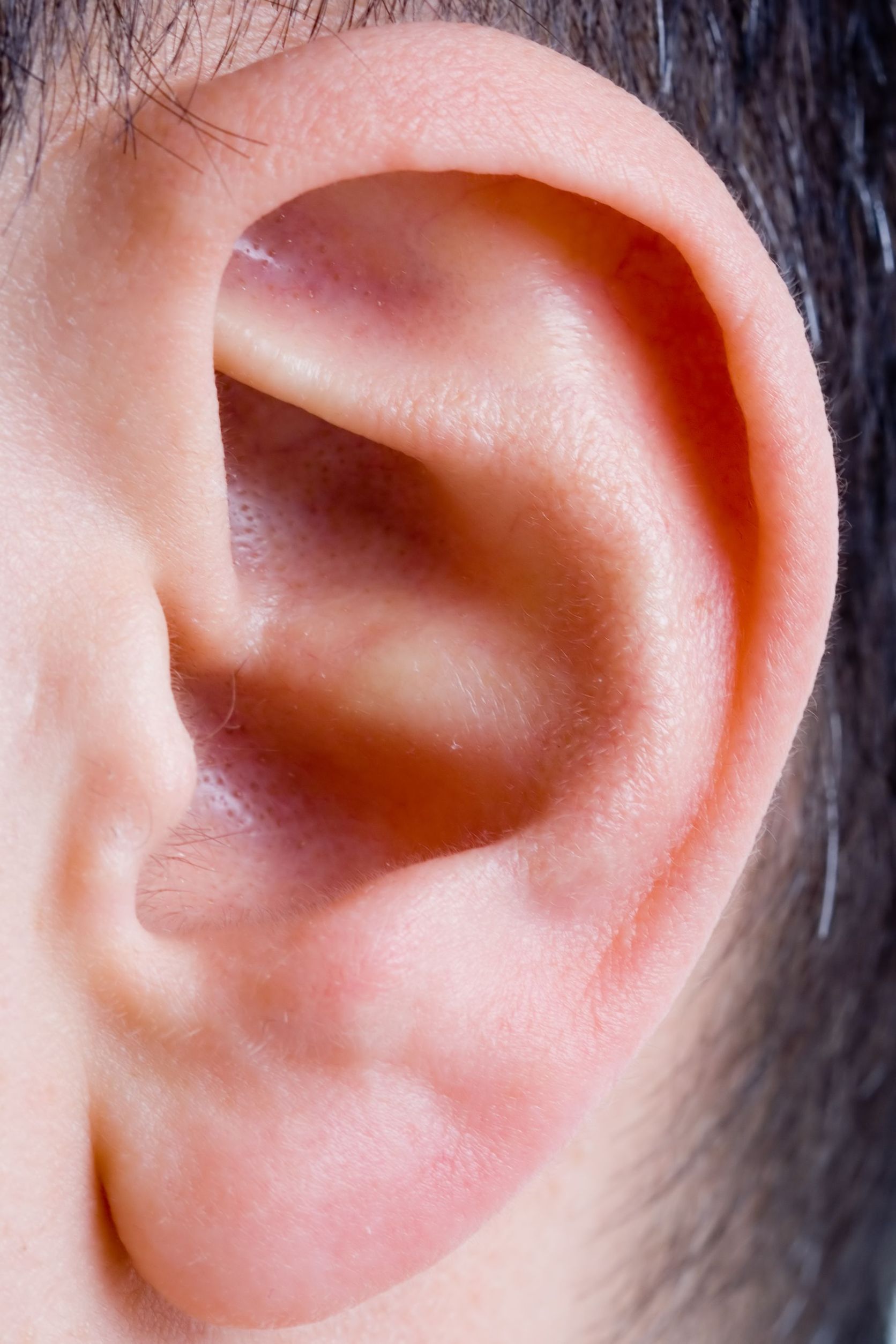 The internet is a wonderful thing. Not only has it made it easier for patients to find information, but it has also allowed doctors who would never otherwise meet to connect with one another. The latter recently happened with us.
The internet is a wonderful thing. Not only has it made it easier for patients to find information, but it has also allowed doctors who would never otherwise meet to connect with one another. The latter recently happened with us.
As we’ve mentioned on the blog before, our posts on daith piercings have far and away been our most popular, which is interesting because the science behind why the piercing may help alleviate headache pain isn’t perfectly clear. However, we are working on changing that. Recently, we were contacted by Dr. Chris Blatchley from across the pond at the London Migraine Clinic. Dr. Blatchley has been helping patients find relief from migraine pain for years, and he has worked closely with a colleague who has performed more than 3,000 daith piercings. He stumbled upon our fascination with the piercing, and combined with his own experience, Dr. Blatchley has decided to try to compile some concrete evidence about why the piercing is effective for some patients.
Daith Piercing Study
To best do this, Dr. Blatchley put together a survey questionnaire on his website London-Migraine-Clinic.co.uk. On his website, he has a link to the survey which he hopes to use to gather responses from individuals who have undergone a daith piercing for pain relief. You can access the survey by clicking the link that will take you to his site, or you can go directly to the survey by clicking the link below.
The survey will only take a couple of minutes to complete, but we believe it will be a valuable tool for getting a collection of responses from individuals who have firsthand experience with the piercing and its effects. So please, if you’ve undergone the procedure, take a few minutes to complete the survey and share it with others who have received the piercing. The more we learn about pain pathways, the more pain we can take out of this world!
Thanks,
Dr. Thomas Cohn
 New research out of Boston suggests that sleep and caffeine may play integral roles in controlling chronic pain flareups.
New research out of Boston suggests that sleep and caffeine may play integral roles in controlling chronic pain flareups. In the 1960s, the drug culture was known for psychedelics, LSD and marijuana. Eventually, some of those users sought a stronger high, and that led them down the path to heroin. At least that was the message pushed by the government in its fight against drugs.
In the 1960s, the drug culture was known for psychedelics, LSD and marijuana. Eventually, some of those users sought a stronger high, and that led them down the path to heroin. At least that was the message pushed by the government in its fight against drugs. A new study conducted by the University of Arkansas on opioid use has been recently published by the Centers for Disease Control. It is somewhat of a curious study since it was based on record analysis of prescription records for opioids. The results
A new study conducted by the University of Arkansas on opioid use has been recently published by the Centers for Disease Control. It is somewhat of a curious study since it was based on record analysis of prescription records for opioids. The results